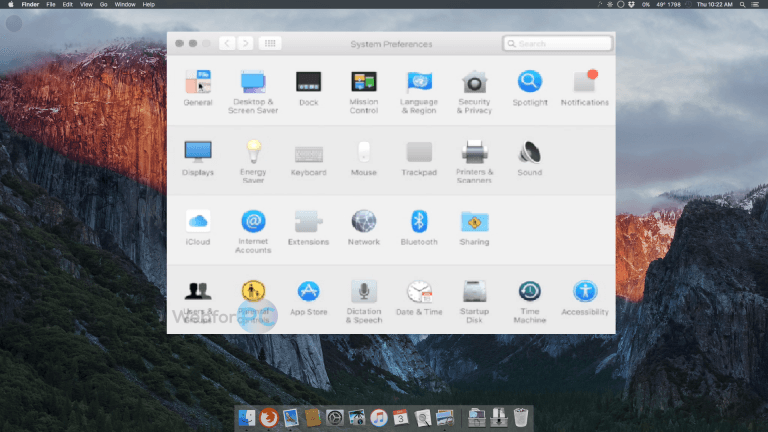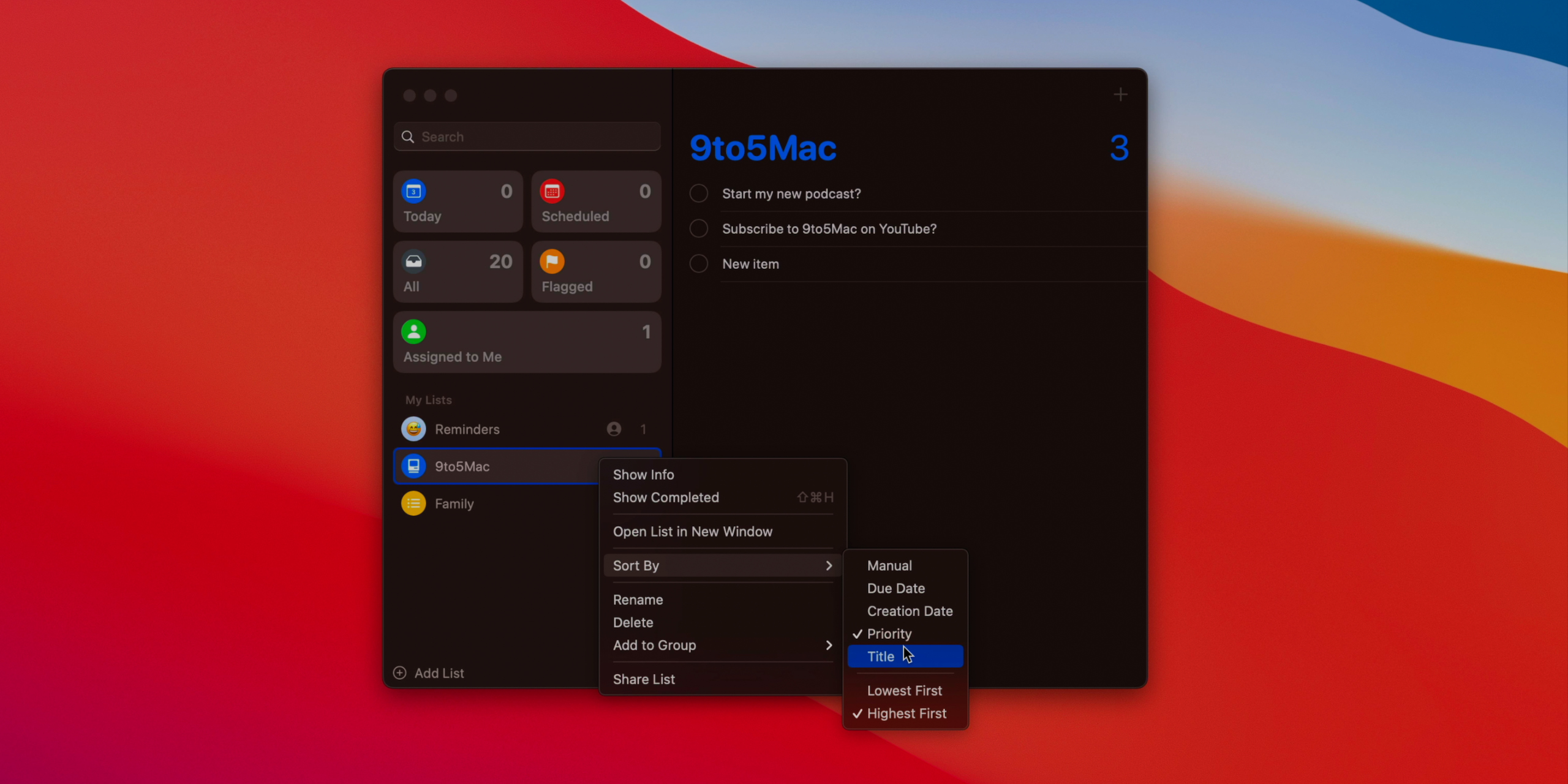
We’ll be repeatedly referring to these Apple OS versions below, so it’s good to know the basic macOS timeline.

Further down, we’ll explain where to get one and what problems you may face down the road.Ī list of all Mac OS X and macOS versions Finally, if you want to run a parallel copy of Mac OS X on a virtual machine, you too will need a working installation file of an older Mac OS X. Also, you may have noticed your Mac’s performance went down right after the last update. To begin with, some of your apps may not be working properly (or simply crash) on newer operating systems. There are many reasons that could point you to this radical decision. So, you’ve decided to download an older version of Mac OS X. Now, check out our more solutions below.įeatures described in this article refer to the MacPaw site version of CleanMyMac X. It removes only safe-to-delete files and is notarized by Apple. Both builds seem to run without further issues.So here’s the tip for you: download CleanMyMac X to refresh your Mac’s drive automatically. The build has been tested on a macOS 13.2 machine (MacBook Pro 14" (2021, M1)) and on a macOS 10.13.6 virtual machine.

The ad-hoc signing required for M1 based macOS versions is unaffected by this issue. Iirc, the PyInstaller documentation mentions some issues regarding code signing for 10.13, but since the builds aren't released on the App Store this seems to be mostly insignificant. I've also bumped the runner to use macos-latest since there don't seem to be any observable issues regarding backwards-compatibility. Here, I've used the conda-incubator/setup-miniconda action as replacement. Neither pygame nor any of the other dependencies caused any kinds of incompatibilities, so installing a Python version built against a lower SDK (10.13, in this case) restores High Sierra compatibility. Since the setup-python action installs libraries built for an macOS 11 SDK, older macOS versions (down to 10.13) weren't supported anymore.


 0 kommentar(er)
0 kommentar(er)
